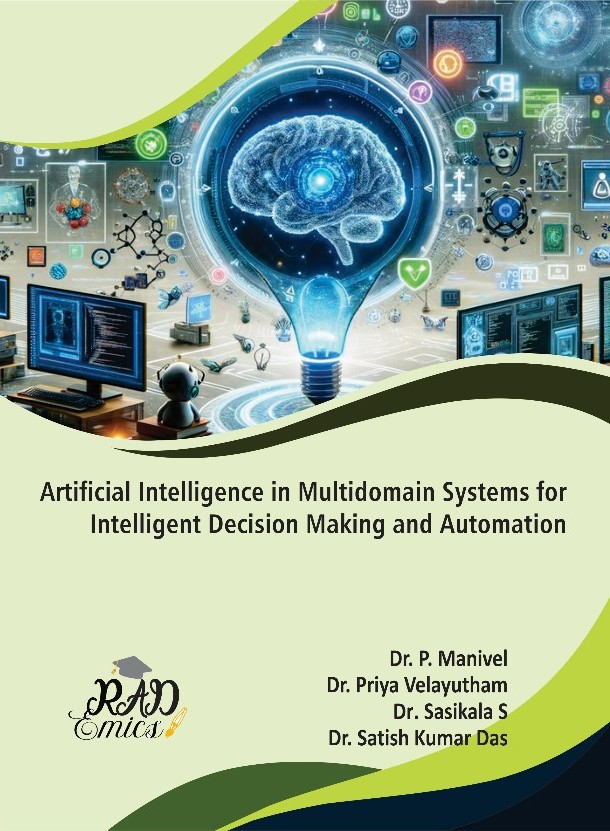
Abstract
The integration of machine learning into predictive maintenance (PdM) frameworks has emerged as a transformative approach for enhancing reliability, reducing downtime, and optimizing operational efficiency in manufacturing and production systems. The effectiveness of data-driven PdM strategies is often constrained by imbalanced datasets, limited failure annotations, and heterogeneous sensor signals that characterize real-world industrial environments. This chapter presents a comprehensive examination of hybrid machine learning architectures designed to address the limitations posed by sparse and imbalanced data conditions. Emphasis is placed on the fusion of rule-based logic with statistical learning and deep neural models to achieve robust, interpretable, and scalable maintenance intelligence. The chapter explores advanced feature engineering techniques, sensor data fusion strategies, and data augmentation mechanisms to enhance predictive accuracy and generalizability. Visualization methods for explainable decision support are discussed to bridge the gap between model outputs and actionable maintenance insights. Real-world constraints such as computational efficiency, latency, and domain adaptability are considered throughout the chapter, offering a holistic view of deploying hybrid learning frameworks in practical industrial settings. The proposed methodologies not only address current challenges in PdM model development but also lay the groundwork for next-generation, adaptive maintenance solutions in smart manufacturing ecosystems.
Introduction
The industrial sector is undergoing a paradigm shift with the adoption of smart manufacturing systems driven by Industry 4.0 principles [1]. In this context, ensuring the continuous operation and reliability of machinery has become increasingly critical to maintaining productivity, minimizing costs, and sustaining competitive advantage [2]. Predictive maintenance (PdM) has emerged as a cornerstone of this transformation, enabling early fault detection and proactive intervention through data-driven insights [3]. Unlike reactive or time-based maintenance, PdM relies on the continuous monitoring and analysis of machine data to forecast failures before they occur [4]. This transition from scheduled interventions to intelligent predictions marks a significant advancement in operational efficiency and asset management. Realizing the full potential of predictive maintenance in industrial settings is often hindered by challenges related to data quality, availability, and interpretability [5].
Real-world manufacturing environments typically involve heterogeneous machines, variable operational conditions, and non-uniform data acquisition systems [6]. These factors result in datasets that are often sparse, noisy, and heavily imbalanced—where fault occurrences represent a minor fraction of total observations [7]. Most conventional machine learning models, which assume data abundance and balanced class distributions, fail to perform effectively under such constraints [8]. Models trained on skewed datasets may achieve high overall accuracy while completely neglecting rare but critical failure instances [9]. The absence of adequate failure data, coupled with frequent missing values and inconsistent labeling, exacerbates the difficulty of building robust and generalizable predictive systems. These limitations highlight the inadequacy of single-model approaches and underscore the necessity for more adaptive, integrative frameworks capable of handling the realities of industrial data [10].